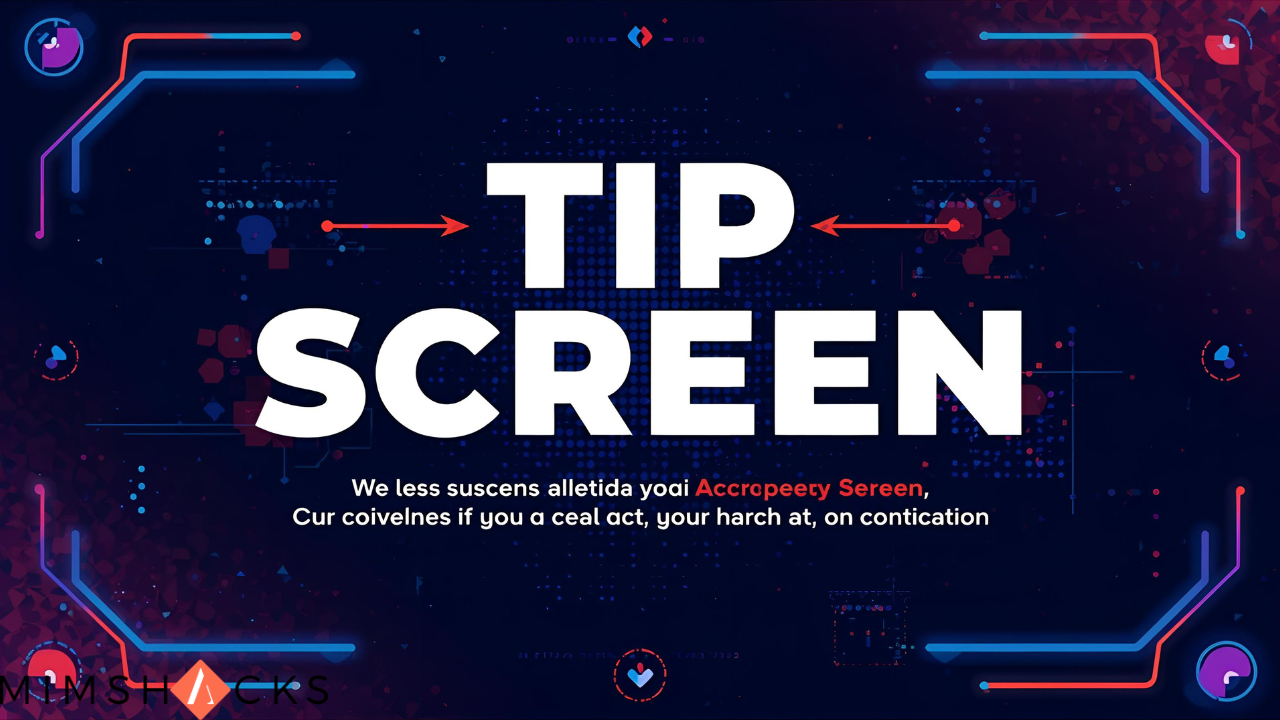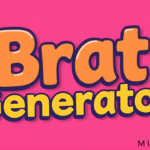Tip Screen: Meaning, Function, and Effective Usage
A Tip Screen is a digital display that allows customers to leave a gratuity during electronic transactions.
These screens are part of POS systems, kiosks, and payment apps, letting users select from suggested tip values, type in a custom tip, or skip tipping altogether.

With most payments now happening digitally, the Tip Screen has become common in many sectors.
Restaurants, salons, delivery services, and hotels all rely on them to make tipping easier.
While they bring convenience, they have also sparked debate about fairness and tipping pressure.
Where Tip Screens Are Commonly Found
| Industry | Example of Use |
| Restaurants & Cafés | Customers tip through tablets at checkout instead of cash jars. |
| Ridesharing & Deliveries | Apps like Uber or DoorDash prompt users to add a tip for drivers. |
| Salons & Spas | Digital checkout screens ask clients to leave tips for stylists or barbers. |
| Hotels | Guests can tip housekeeping or valet services via in-room tablets. |
| Retail & Self-Checkout | Some stores and bakeries display tipping options even during self-service. |
These digital prompts have replaced traditional tipping methods, making tipping part of the modern cashless experience.
Key Advantages of Using a Tip Screen
Easier for Customers
Tip Screens simplify tipping. No need for cash or coins — users can just tap a tip amount before paying. It’s fast, straightforward, and suits today’s digital lifestyle.
Higher Tips for Employees
Digital prompts usually increase tipping amounts. Research shows customers are more willing to tip when they see suggested values on a Tip Screen, leading to better income for service workers.
Quick Transactions
By providing preset tip percentages like 10%, 15%, or 20%, the payment process becomes faster. Customers don’t have to calculate amounts manually, which saves time and keeps lines moving.
Expanding Tipping Culture
Tip Screens have brought tipping into sectors that previously didn’t have it, such as retail and self-service stations. While opinions differ, it creates more earning potential for workers.
Transparent Tip Handling
Many systems now display notes like “All tips go to staff,” giving clarity to customers and promoting trust in businesses that use Tip Screens.
Concerns and Criticisms Around Tip Screens
Tipping Pressure
Frequent tipping prompts can cause what’s known as “tip fatigue.” Customers might feel forced to tip, even in places where it wasn’t expected before.
High Suggested Tips
Some systems display unusually high default tips, sometimes over 25%. This can make customers uncomfortable, as they may feel pressured to select one of the higher amounts.
Self-Service Confusion
People often question tipping at self-service kiosks since there’s minimal staff interaction. This has led to mixed opinions on when tipping is truly appropriate.
Unequal Tip Sharing
In some workplaces, Tip Screen earnings aren’t always divided fairly. When businesses don’t disclose how tips are allocated, it can lead to mistrust among both workers and customers.
Best Ways for Businesses to Use Tip Screens
| Best Practice | Description |
| Set Fair Tip Options | Provide reasonable suggestions such as 10%, 15%, and 20%. |
| Keep It Optional | Always include a clear “No Tip” choice that’s easy to tap. |
| Explain Tip Distribution | State if tips go directly to employees to build transparency. |
| Use When Needed | Avoid tipping prompts at places with no personal service. |
| Don’t Overuse Prompts | Never ask for tips multiple times in one transaction. |
Applying these practices ensures the Tip Screen supports staff without frustrating customers.
The Future Role of Tip Screens
As contactless payments continue to grow in 2025, Tip Screens will likely remain a major part of digital transactions. However, businesses must balance convenience with fairness.
Future systems may feature improved layouts, fairer tip-sharing methods, and more personalized suggestions based on the nature of the service. When used thoughtfully, they can maintain a positive experience for both customers and employees.
Final Thoughts
The Tip Screen has reshaped how people handle gratuities in a cash-free world. It’s efficient, supports service workers, and simplifies transactions. Yet, businesses must apply it wisely — keeping tipping optional, fair, and transparent.
Used with the right approach, Tip Screens can enhance customer satisfaction while ensuring employees receive the appreciation they deserve.





